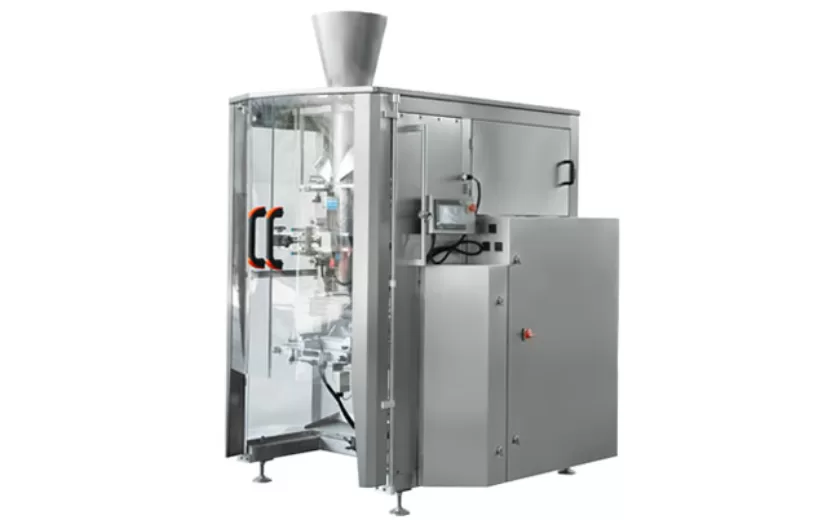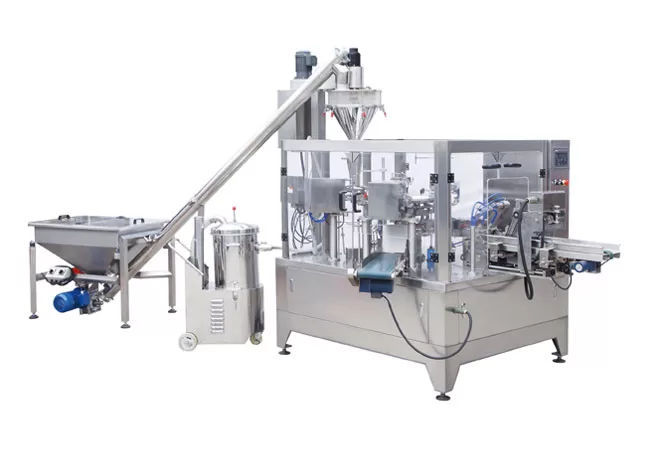The Importance of Calibration in Semi-Automatic Auger Fillers
In the realm of semi-automatic packaging, auger fillers hold a crucial place. Their precision and efficiency in dispensing precise amounts of dry, free-flowing materials have made them an indispensable tool in various industries. However, the accuracy of these machines heavily relies on proper calibration to ensure optimal performance. This article delves into the significance of calibration in semi-automatic auger fillers, highlighting its multifaceted benefits and providing insights into the process.
Enhancing Accuracy and Minimizing Waste
Calibration plays a paramount role in guaranteeing the accuracy of auger fillers. Miscalibrated machines can lead to overfilling or underfilling, resulting in wasted product or inaccurate packaging. Proper calibration ensures that the auger dispenses the intended amount of material consistently, preventing product loss and maintaining product integrity.
Maintaining Compliance and Quality Standards
Many industries are subject to stringent regulations regarding packaging and product quality. Accurate filling is essential in meeting these standards. Calibration ensures that auger fillers comply with industry norms and help manufacturers adhere to regulatory requirements. Calibrated fillers also contribute to maintaining consistent product quality, reducing the risk of customer complaints and safeguarding brand reputation.
Optimizing Production Efficiency
Timely and efficient production is critical for any manufacturing operation. Calibrated auger fillers minimize downtime and increase productivity. By ensuring accurate fill weights, the machine eliminates the need for manual adjustments or reprocessing, streamlining the packaging process. This improved efficiency leads to higher production rates and reduced labor costs.
Prevention of Mechanical Issues
Regular calibration of semi-automatic auger fillers helps prevent mechanical issues. Miscalibrated machines may strain their components, leading to premature wear and tear. Proper calibration ensures optimal performance and reduces the risk of breakdowns, allowing for longer equipment life and reduced maintenance costs.
How to Calibrate Semi-Automatic Auger Fillers
Calibrating semi-automatic auger fillers is a relatively straightforward process that typically involves the following steps:
1. Gather Materials: Collect the necessary tools, including a scale, reference weights, and calibration tools provided by the manufacturer.
2. Run Material: Fill the hopper with the product material to be filled.
3. Set Initial Parameters: Adjust the auger speed, fill time, and other relevant settings as per the manufacturer’s guidelines.
4. Dispense Reference Weight: Dispense a reference weight of product and compare it to the target weight.
5. Adjust Calibration: If the reference weight deviates from the target weight, make necessary adjustments to the calibration settings using the manufacturer’s instructions.
6. Verify Accuracy: Repeat the process multiple times to ensure the machine consistently dispenses the correct fill weight.
Calibration is an integral aspect of maintaining the optimal performance of semi-automatic auger fillers. It enhances accuracy, minimizes waste, maintains compliance, optimizes production efficiency, and prevents mechanical issues. By following the proper calibration procedures, manufacturers can ensure the reliability and longevity of their auger fillers, leading to improved packaging quality, reduced costs, and increased customer satisfaction.
-
Streamline Your Packaging with a Flow Wrap Packing Machine
21-05-2025 -
Flow Wrapper Solutions for Efficient and Consistent Packaging
21-05-2025 -
Efficient Packaging Solutions with Vertical Form Fill Seal Machines
21-05-2025 -
Enhancing Packaging Precision with Automatic Granule Packing Machines
16-05-2025 -
Optimizing Efficiency with VFFS Packaging Equipment in Modern Production Lines
16-05-2025 -
Reliable Weighing and Packaging Solutions for Modern Manufacturing
16-05-2025 -
Advanced Weight and Packing Solutions for Modern Manufacturing
10-05-2025 -
Precision Meets Efficiency: Modern Solutions in Weighing and Packing Machinery
10-05-2025 -
Efficient and Accurate: Exploring Modern Weighing and Filling Machine Solutions
10-05-2025 -
Finding the Right Auger Filling Solution: Semi-Auto vs. Automatic Machines
04-05-2025














